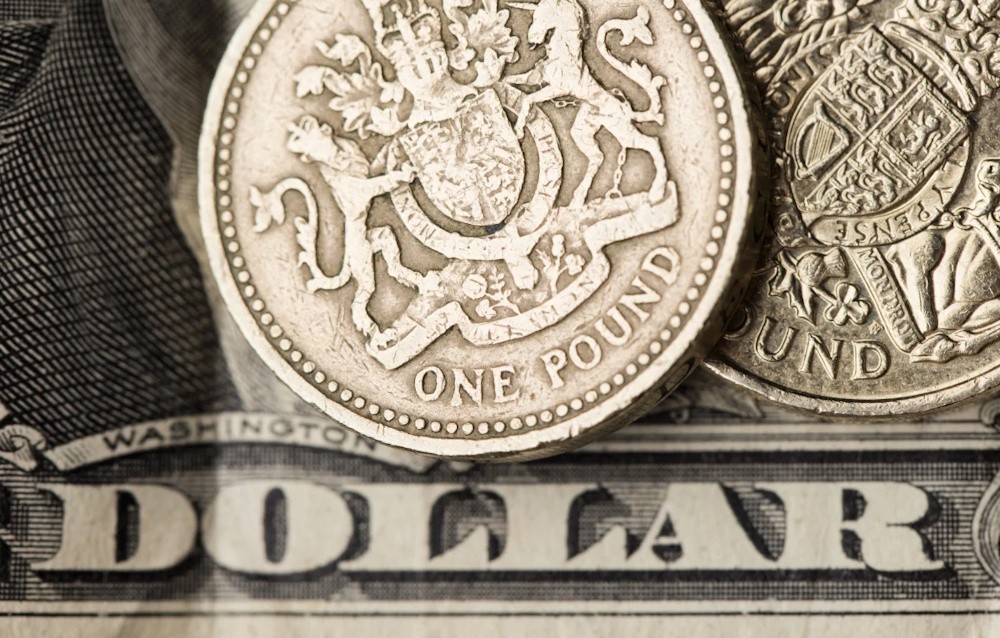GBP/USD declined to 1.3325, reflecting a decrease of 0.18%, as indications emerged that the U.S.–China tariff standoff was easing, prompting investors to shift their attention to the upcoming decisions from the Bank of England. President Donald Trump’s statement that “China will be fine” contributed to a slight recovery in global sentiment following the previous week’s upheaval, which resulted in a nearly 4% decline in oil prices and significant fluctuations in major currencies. The pair’s decline from 1.3366 highlights ongoing caution in anticipation of significant UK labor market and GDP data set to be released later this week.
The week commenced with a delicate tranquility following Trump’s alleviation of worries regarding the 100% tariff increase he had warned about for November 1. His remarks that the U.S. “wants to help China, not hurt it” influenced market sentiment, leading to a withdrawal of safe-haven flows from the dollar and a revival of some risk appetite. The U.S. Dollar Index remained around 99.00, limiting its gains from the previous week as market participants processed statements from both Trump and Treasury Secretary Scott Bessent, who affirmed that the meeting with President Xi Jinping in South Korea is still set to proceed as planned. Volatility continues to be a significant factor across major FX pairs. The pound’s initial gains diminished rapidly as traders capitalized on the rebound to reinforce their dollar long positions. U.S. consumer sentiment remains robust at 55.0, while inflation expectations hold steady around 4.6%. This data continues to lend moderate support to the dollar, despite increasing speculation regarding rate cuts. The current market assessment indicates a 97% probability of a 25-basis-point Federal Reserve cut in October, which constrains additional appreciation of the dollar while maintaining a generally cautious outlook.
In the UK, focus has turned to the Autumn Budget, accompanied by a robust schedule of BoE speakers. Six of the nine Monetary Policy Committee members are scheduled to address the public this week, providing new perspectives on interest rate trends. The prevailing market consensus anticipates that the Bank of England will maintain interest rates at 4.75%. Concurrently, money markets forecast the initial rate cut to occur by March 2026, contingent upon inflation steadily declining from 2.8% towards the target level. Investors are closely monitoring the UK GDP and employment figures for August, as these will indicate if the economy’s slight summer recovery can be maintained. Any weakness could heighten dovish expectations and drive GBP/USD toward critical support at 1.3300, with additional downside potential toward 1.3200 and the 200-day SMA at 1.3173.
The GBP/USD is currently positioned beneath its 20-, 50-, and 100-day moving averages, indicating that bearish sentiment continues to dominate the short- to medium-term trend. The RSI is showing a downward trend around 41, indicating a deficiency in bullish momentum. A significant decline beneath 1.3300 might reveal the 1.3200–1.3170 range, where further losses could potentially halt. On the upside, immediate resistance is positioned around 1.3400, succeeded by the 20-day SMA at 1.3451, the 50-day at 1.3472, and the 100-day at 1.3490. Market participants perceive any bounce back to these levels as an opportunity to short rather than an indication of a trend reversal. A sustained break above 1.3490 would indicate a potential shift in market structure; however, given that fundamentals still favor dollar resilience, the most likely direction remains downward.

